Leadership Communication in the Beans 'N Cream Coffeehouse Environment
VerifiedAdded on 2022/12/21
|8
|600
|84
Report
AI Summary
This report examines the leadership communication strategies employed at the Beans 'N Cream Coffeehouse. It begins with an introduction that discusses the coffee shop experience and the modes of communication used by leaders to influence customers. The report outlines the challenges faced by leaders and recommends various strategies for effective leadership communication, including active listening, open-mindedness, empathy, and positive communication. It explores team management, conflict resolution, and employee relations as crucial aspects of leadership. An analysis evaluates different leadership communication styles and skills needed for effective management, considering the cost of the coffee shop and customer handling. The recommendations suggest effective communication tools, the application of digital technology, equal treatment of employees, and the use of suitable leadership styles. The conclusion emphasizes how leadership communication fosters a flexible atmosphere, attracts consumers, and highlights the importance of training and development. The report is supported by several academic references.
1 out of 8
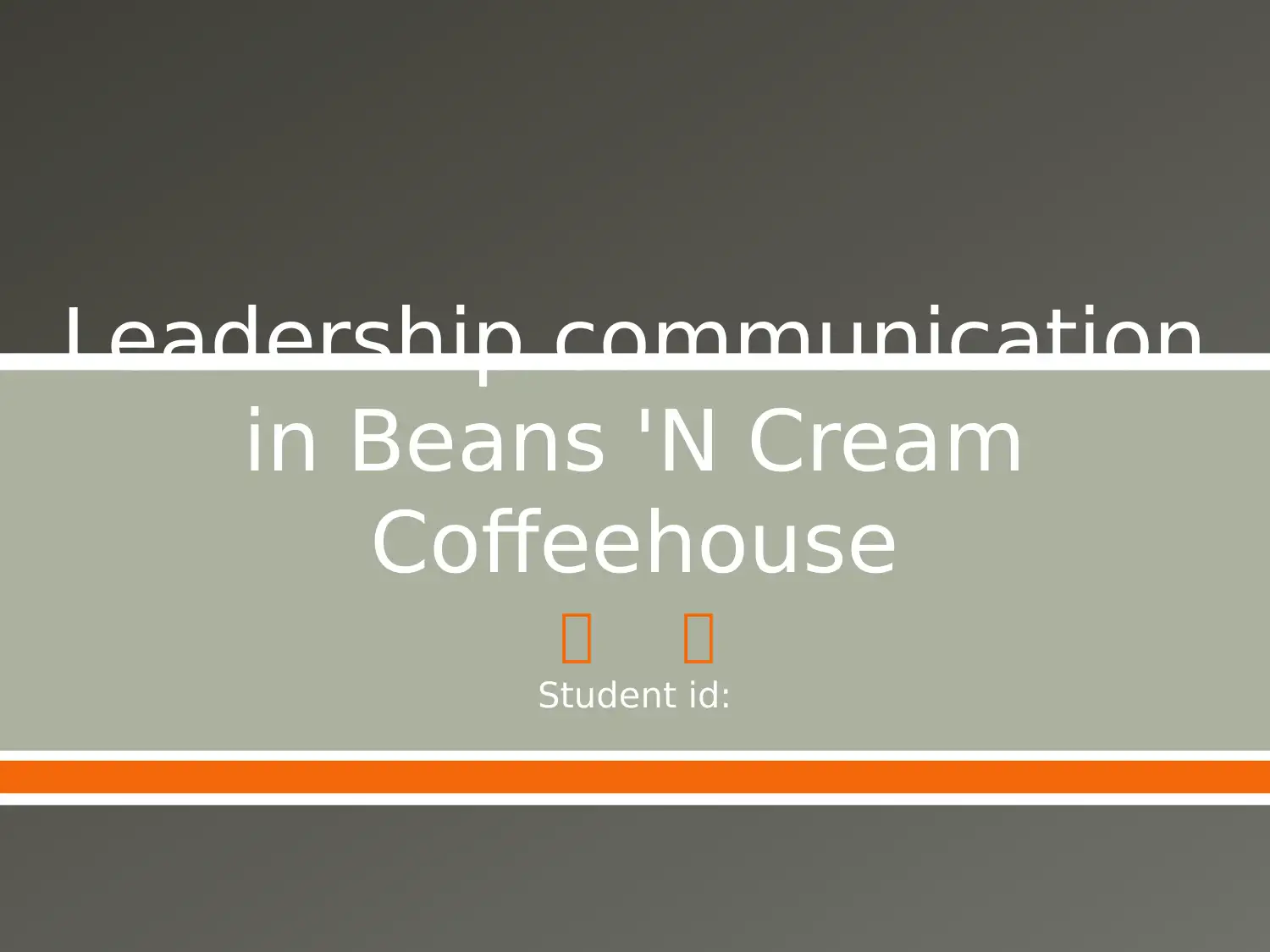

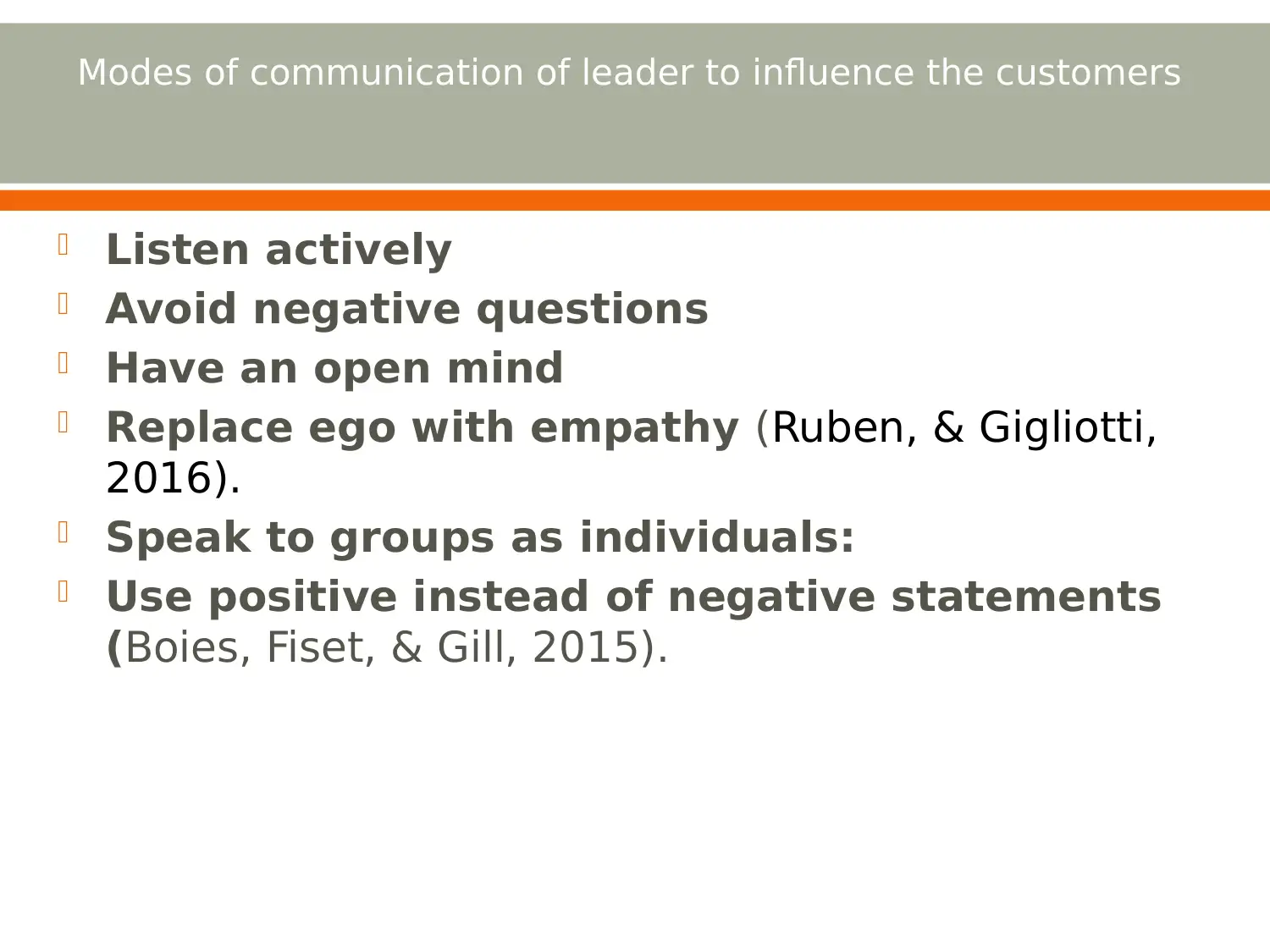

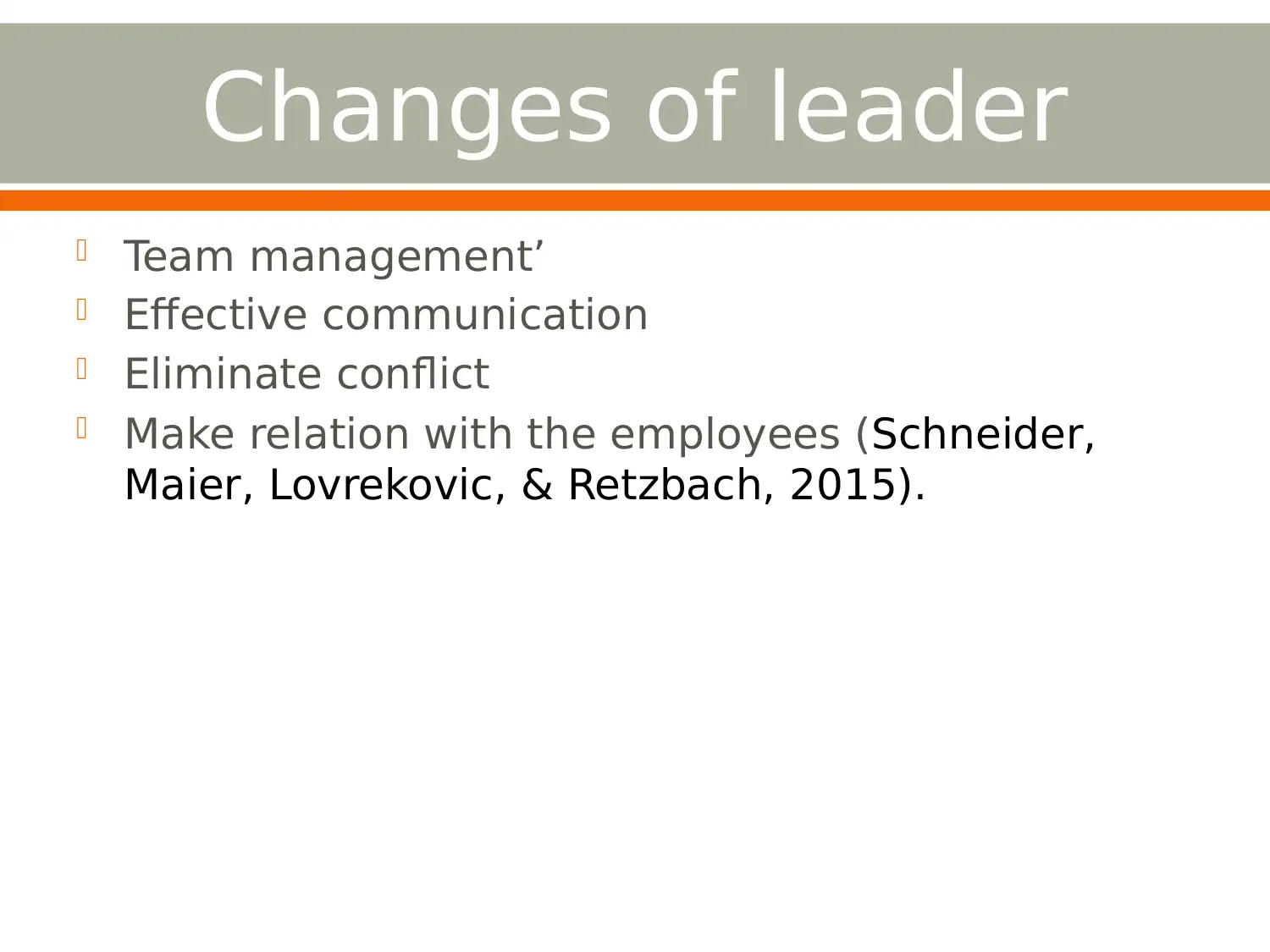
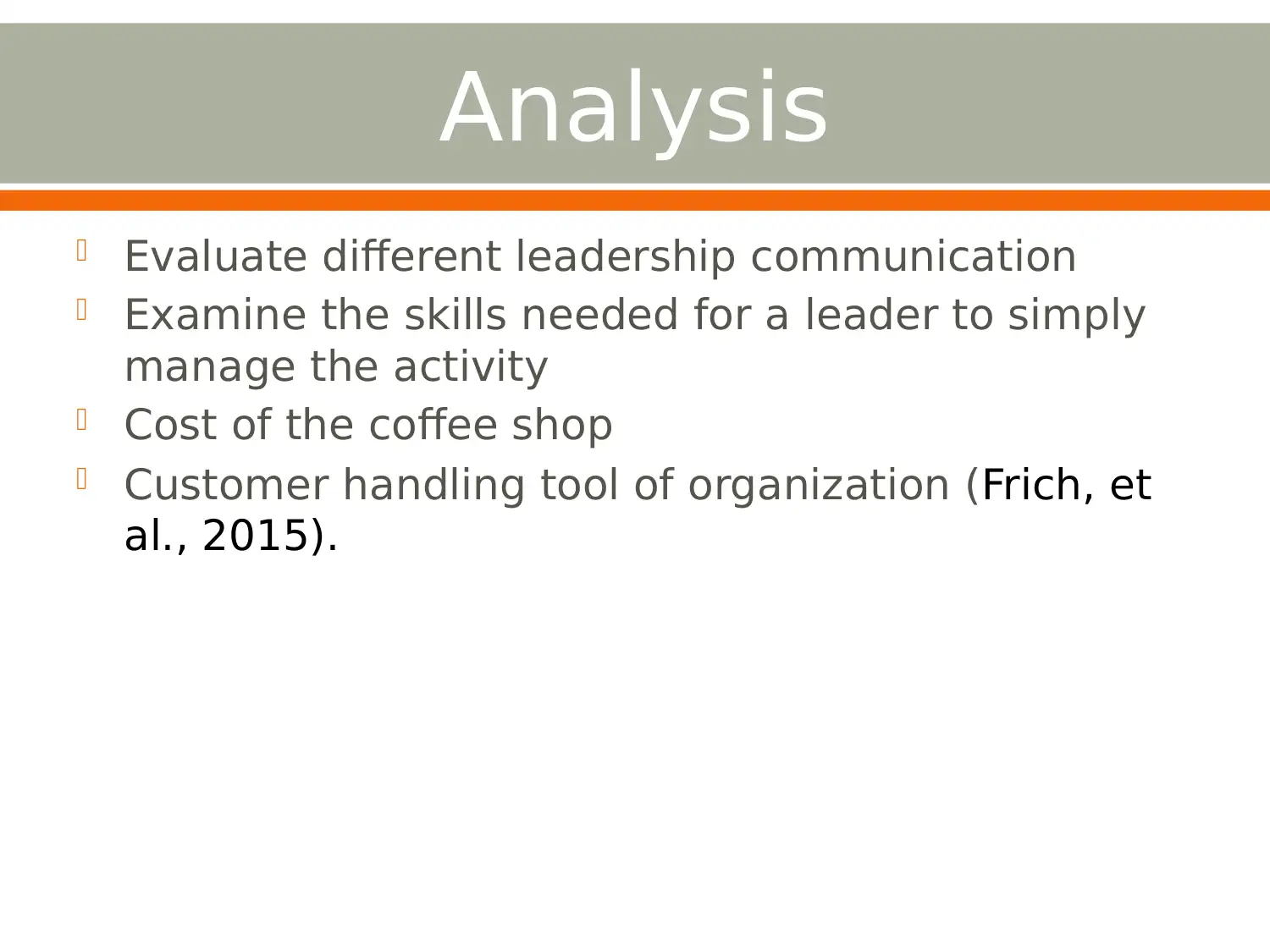
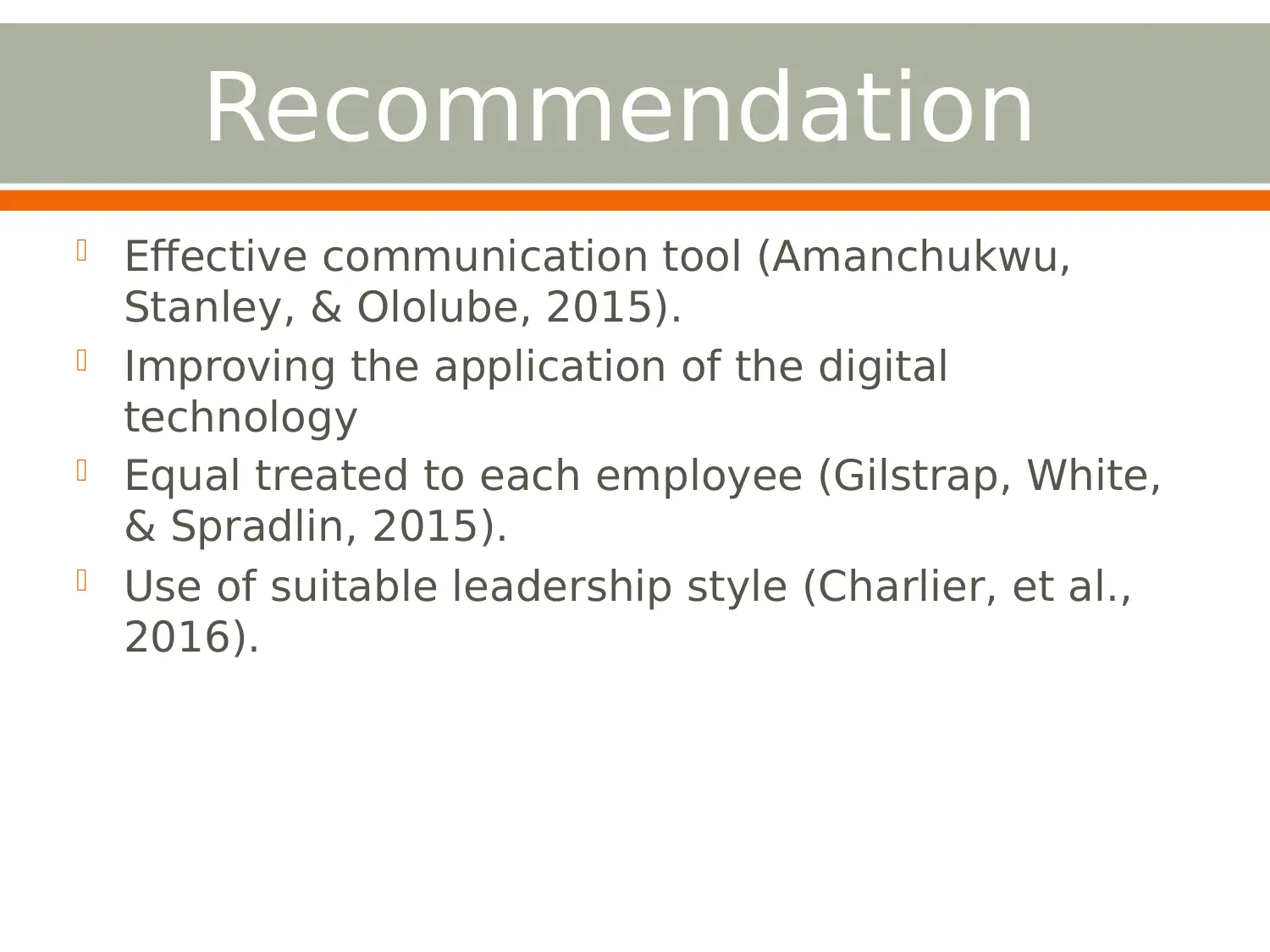
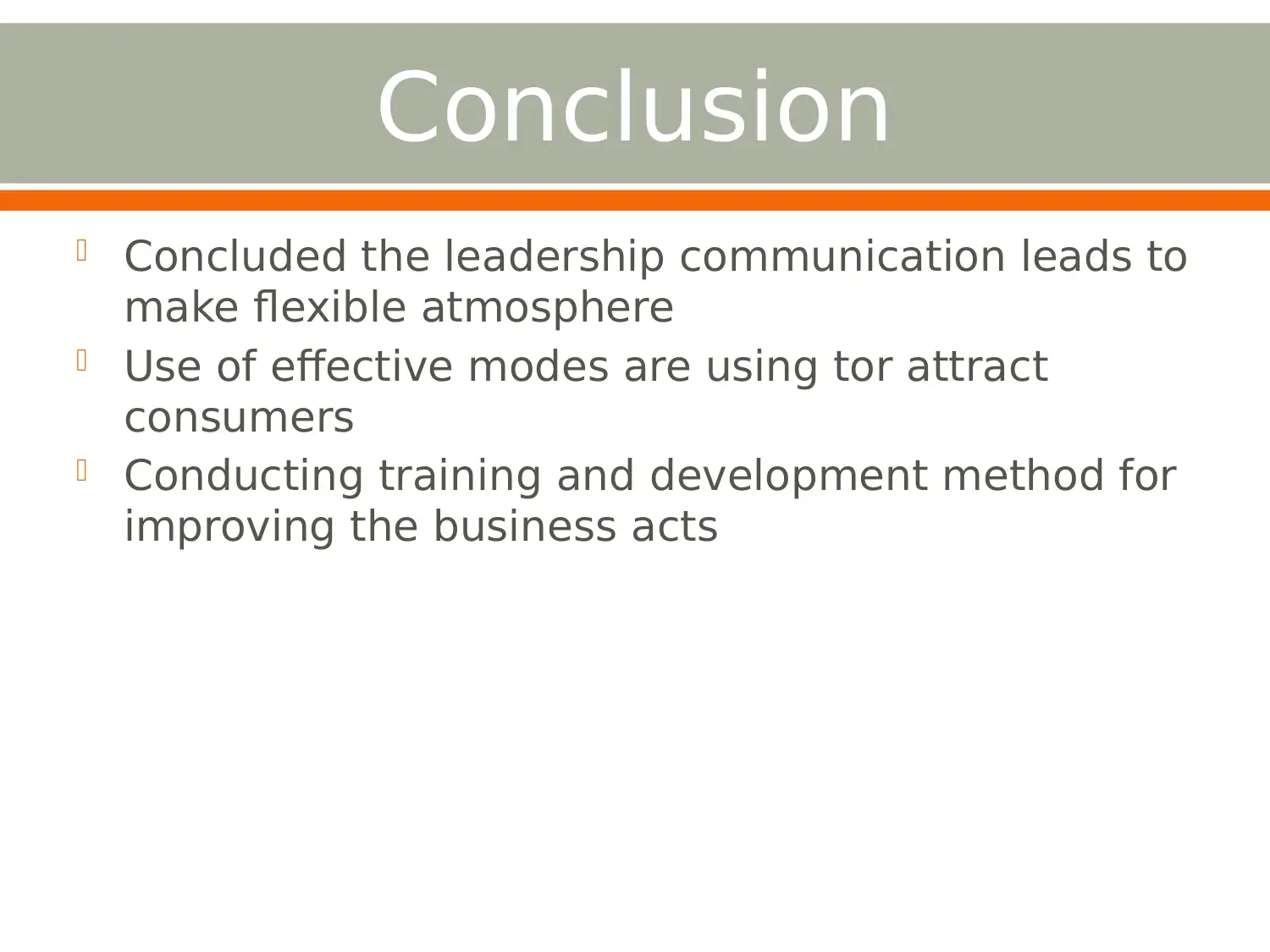
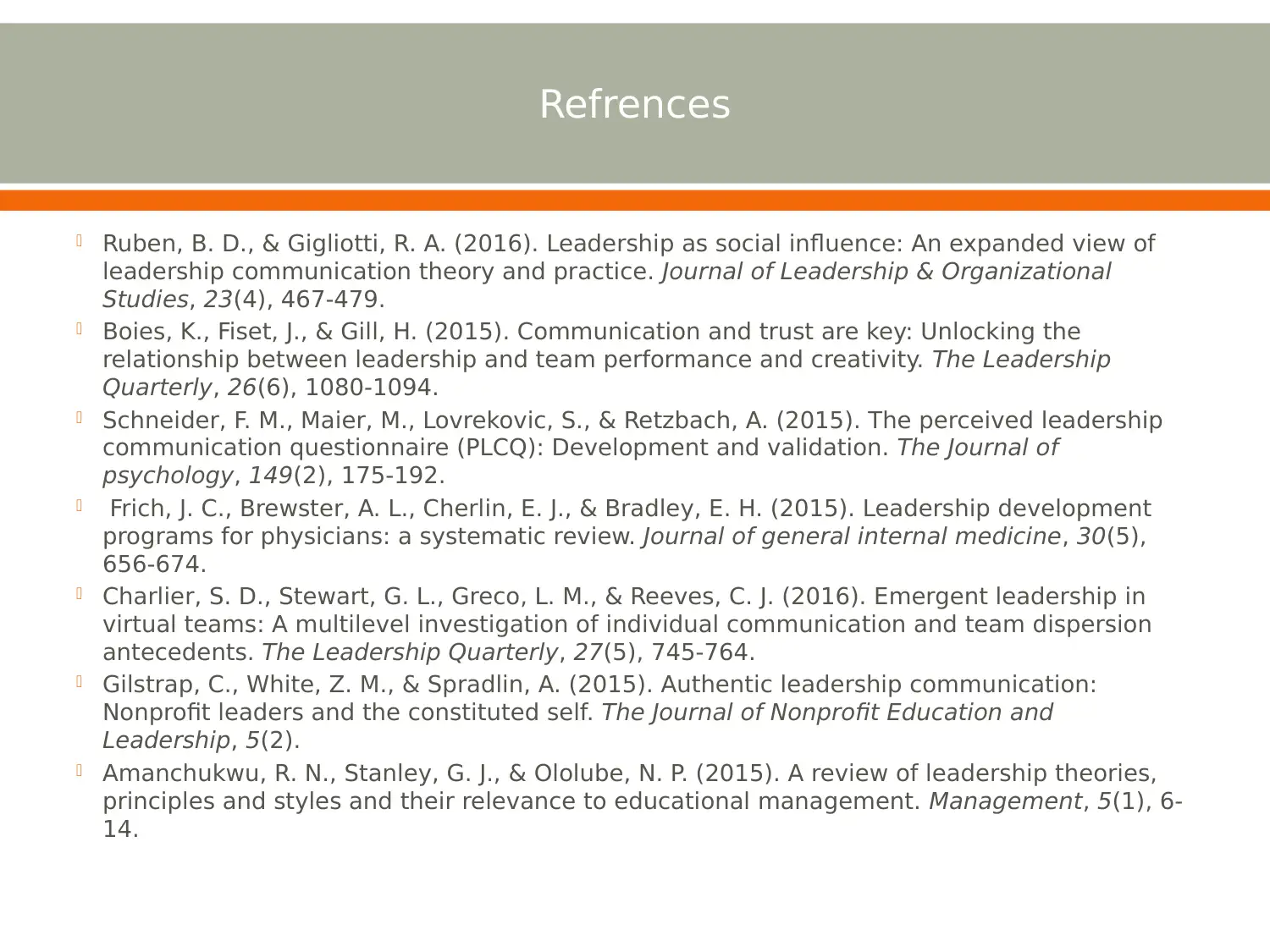
![[object Object]](/_next/static/media/star-bottom.7253800d.svg)